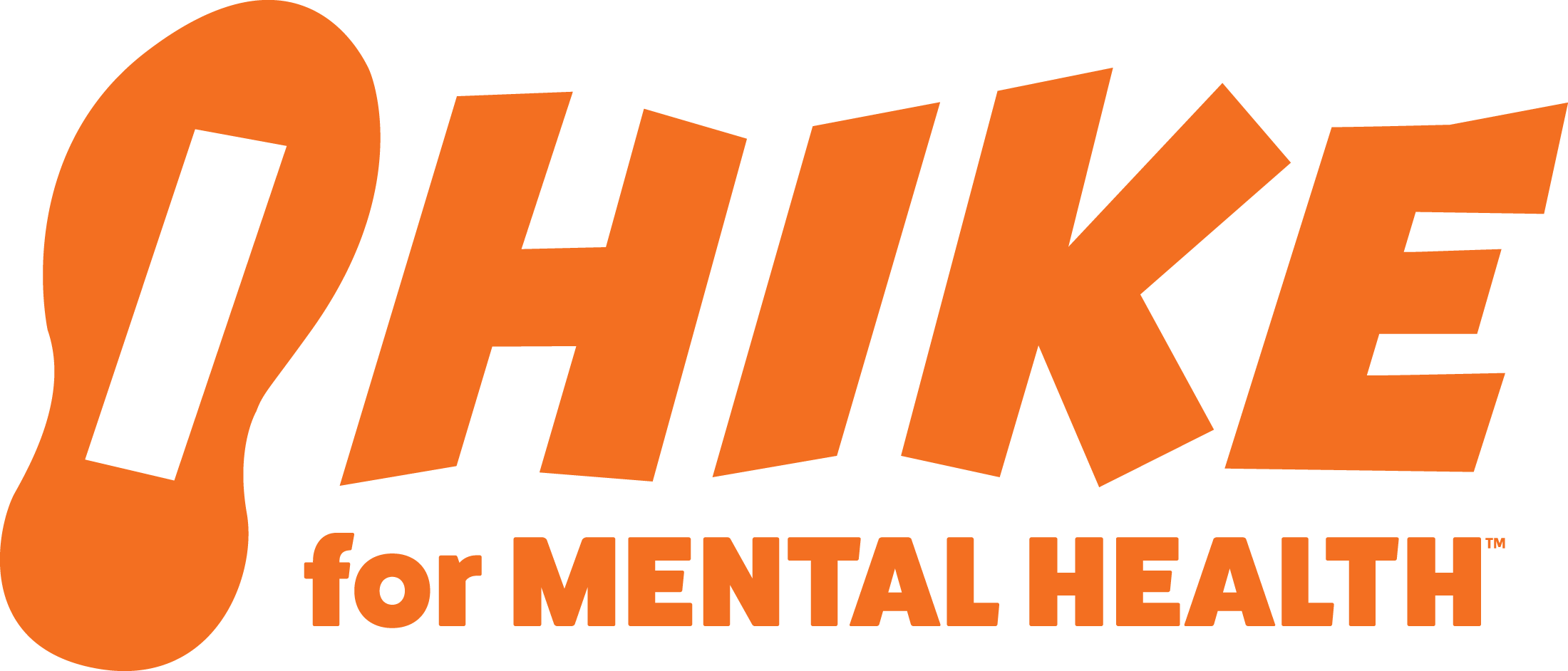Mental Health Awareness Month: Depression – Know the Signs & Symptoms

Like many mental health conditions, depression is complex. In an effort to make information easier to understand I’ve broken it down into a three part series, called Depression 101. In part one I’m going to provide a very basic 30,000 foot view of how depression can present and provide you with an opportunity to complete one of the standard screeners often used to assess symptoms of depression. In part two, we’ll explore lifestyle factors and I’ll provide some behavioral tips to help yourself when depression is creeping in. In part three we’ll take a look at your thought life. I’ll share a few of the common unhelpful thinking styles that are often present and some different ways to deal with them.
Signs & Symptoms of Depression
Depression is a mental health issue that affects approximately 280 million people worldwide, according to the World Health Organization. There many different causes including, trauma, death of a loved one, suppression of negative emotions, and even some medications just to name a few.
We all experience sadness and can even become depressed. However, clinical depression, also known as Major Depressive Disorder is a serious mental health issue. It’s not a situation that resolves quickly. It’s more than just feeling sad. People with this diagnosis don’t just “get over it.” Clinical depression is different from situational depression. With situational depression, once the situation has resolved or the person has adjusted to it, the depression relents and the person returns to their previous level of functioning. Situational depression and clinical depression do share similar symptoms; however, they vary in duration and intensity/ severity.
One of the hallmark symptoms of depression involves having a loss of both interest (a lack of motivation) and pleasure in almost all activities. For many it can also involve sleep disturbances, irritability (especially in children and teens) and/or angry outbursts, tearfulness, and a significant decrease in energy level. Slowed physical as well as cognitive function are often present as well. Thinking and decision-making are exceptionally difficult during this time. Excessive and inappropriate guilt or feelings of worthlessness are also present. For many individuals with clinical depression, serious thoughts of not wanting to be alive can also be present. Additionally, physical aches and pains- particularly the head, neck, & back- can accompany depression in many people. Lastly, if depression has been present for a while anxiety may also make its presence known as well. Typically, these symptoms must be present for the majority of every day for a period of two weeks or longer and must cause significant distress in relationships and/ or significant impairment in a person’s ability to function at home, work, or school for a diagnosis of depression to be made.
Take a moment and complete the screener below to assess for the presence of depression symptoms. Remember, this is just a screener and not intended to make a diagnosis of clinical depression. If you have concerns, please contact your physician or make an appointment with a local counselor to discuss your concerns.
| PHQ-9
Please note: this is not intended to diagnose. If you have concerns please see a healthcare professional. Please read each statement and select a number 0, 1, 2 or 3 which indicates how often you have been bothered by the following over the past two weeks. |
Not at all
0 |
Several days
1 |
More than half the days
2 |
Nearly every day
3 |
| 1. Little interest or pleasure in doing things |
|
|
|
|
| 2. Feeling down, depressed, or hopeless |
|
|
|
|
| 3. Trouble falling or staying asleep, or sleeping too much. |
|
|
|
|
| 4. Feeling tired or having little energy. |
|
|
|
|
| 5. Poor appetite or overeating |
|
|
|
|
| 6. Feeling bad about yourself—or that you are a failure or have let yourself or your family down |
|
|
|
|
| 7. Trouble concentrating on things, such as reading the newspaper or watching television. |
|
|
|
|
| 8. Moving or speaking so slowly that other people could have noticed. Or the opposite- being so fidgety or restless that you have been moving around a lot more than usual |
|
|
|
|
| 9. Thoughts that you would be better off dead, or of hurting yourself in some way |
|
|
|
|
| COLUMN TOTAL: | ||||
| TOTAL SCORE |
Coming up in part two of Depression 101 we’ll explore lifestyle factors and I’ll provide some simple tips to help you continue to stay engaged in your life as you move through a depressive episode. In the meantime, here are some resources for you to consider. As always, I do not receive compensation for any of these recommendations.
Video Resources
Most everyone is familiar with TEDtalks. There are some relatable stories on how individuals overcame depression. You can find the playlist here.
Sebrina Benaim is a wonderful poet. She has a particularly helpful video that I often share with parents of teens who struggle with depression. You can find Explaining My Depression to My Mother here.
Books & Workbooks
This is Depression by Diane McIntosh
Get it Done When You’re Depressed by Julie Fast & John Preston
Feeling Great by David Burns
Undoing Depression by Richard O’Connor
The Happiness Trap by Russ Harris & Steven Hayes
Beyond the Blues by Lisa Schab (specifically for teens)
The Depression Workbook for Teens by Katie Hurley (specifically for teens)
Apps
CBT Tools for Healthy Living (available on Google Play)
What’s Up (available on Google Play, ACT and CBT focused)
